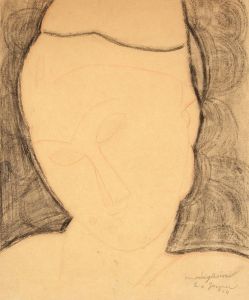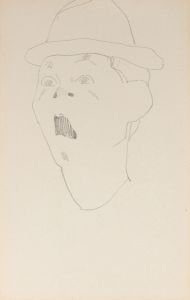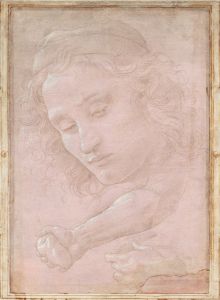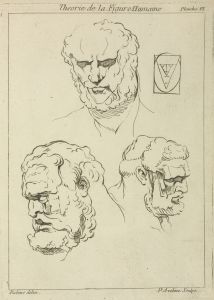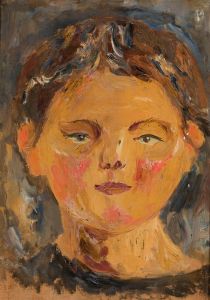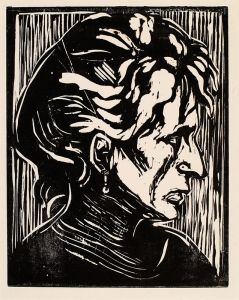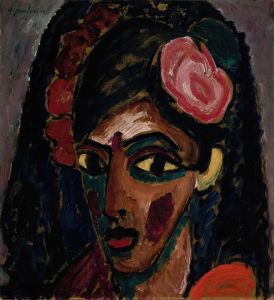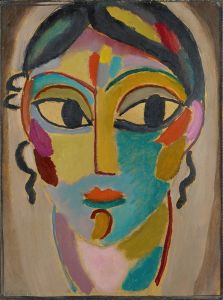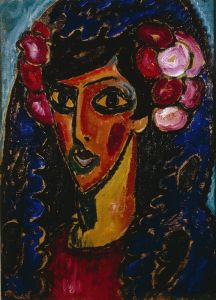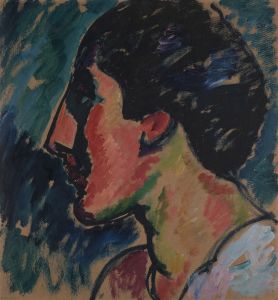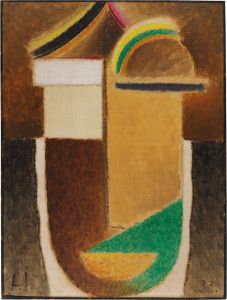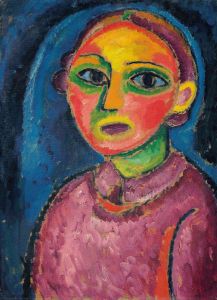
Abstract Head
A hand-painted replica of Alexej von Jawlensky’s masterpiece Abstract Head, meticulously crafted by professional artists to capture the true essence of the original. Each piece is created with museum-quality canvas and rare mineral pigments, carefully painted by experienced artists with delicate brushstrokes and rich, layered colors to perfectly recreate the texture of the original artwork. Unlike machine-printed reproductions, this hand-painted version brings the painting to life, infused with the artist’s emotions and skill in every stroke. Whether for personal collection or home decoration, it instantly elevates the artistic atmosphere of any space.
Alexej von Jawlensky was a Russian expressionist painter, known for his vibrant use of color and bold, abstract forms. One of his notable works is "Abstract Head," a painting that exemplifies his mature style and his exploration of the human face as a subject of abstract art. Jawlensky's "Abstract Head" series is a significant contribution to early 20th-century modern art, reflecting his deep interest in spirituality and the inner essence of human expression.
Jawlensky was born in 1864 in Torzhok, Russia, and later moved to Germany, where he became associated with the expressionist movements. He was a member of the Blue Rider (Der Blaue Reiter) group, which included other influential artists like Wassily Kandinsky and Franz Marc. This group sought to express spiritual truths through their art, often using symbolic colors and forms.
The "Abstract Head" series, created during the 1910s and 1920s, marks a period in Jawlensky's career where he focused intensely on the human face, reducing it to a series of geometric shapes and vivid colors. These works are characterized by their simplicity and the use of bold outlines, which create a sense of rhythm and harmony. The faces in these paintings are not meant to represent specific individuals but rather to convey universal emotions and spiritual states.
Jawlensky's approach to the "Abstract Head" series was influenced by his interest in Eastern philosophies and theosophy, which emphasized the idea of a universal spirit and the interconnectedness of all things. This philosophical background is evident in the way he abstracts the human face, transforming it into a symbol of inner life and spiritual contemplation.
The "Abstract Head" paintings are typically small in size, which adds to their intimate and contemplative nature. Jawlensky used a limited palette of colors, often focusing on primary colors and their contrasts, to evoke emotional responses from the viewer. The use of color in these works is not merely decorative but serves to enhance the spiritual and emotional impact of the paintings.
Throughout his career, Jawlensky faced numerous challenges, including the upheavals of World War I and the subsequent economic difficulties. Despite these challenges, he continued to develop his unique style, which left a lasting impact on the development of abstract art. His work in the "Abstract Head" series is considered a precursor to later abstract movements and has influenced numerous artists who sought to explore the expressive potential of color and form.
In summary, Alexej von Jawlensky's "Abstract Head" series represents a significant achievement in the realm of abstract art. Through his innovative use of color and form, Jawlensky was able to convey profound spiritual and emotional truths, making his work an enduring part of the modern art canon.





